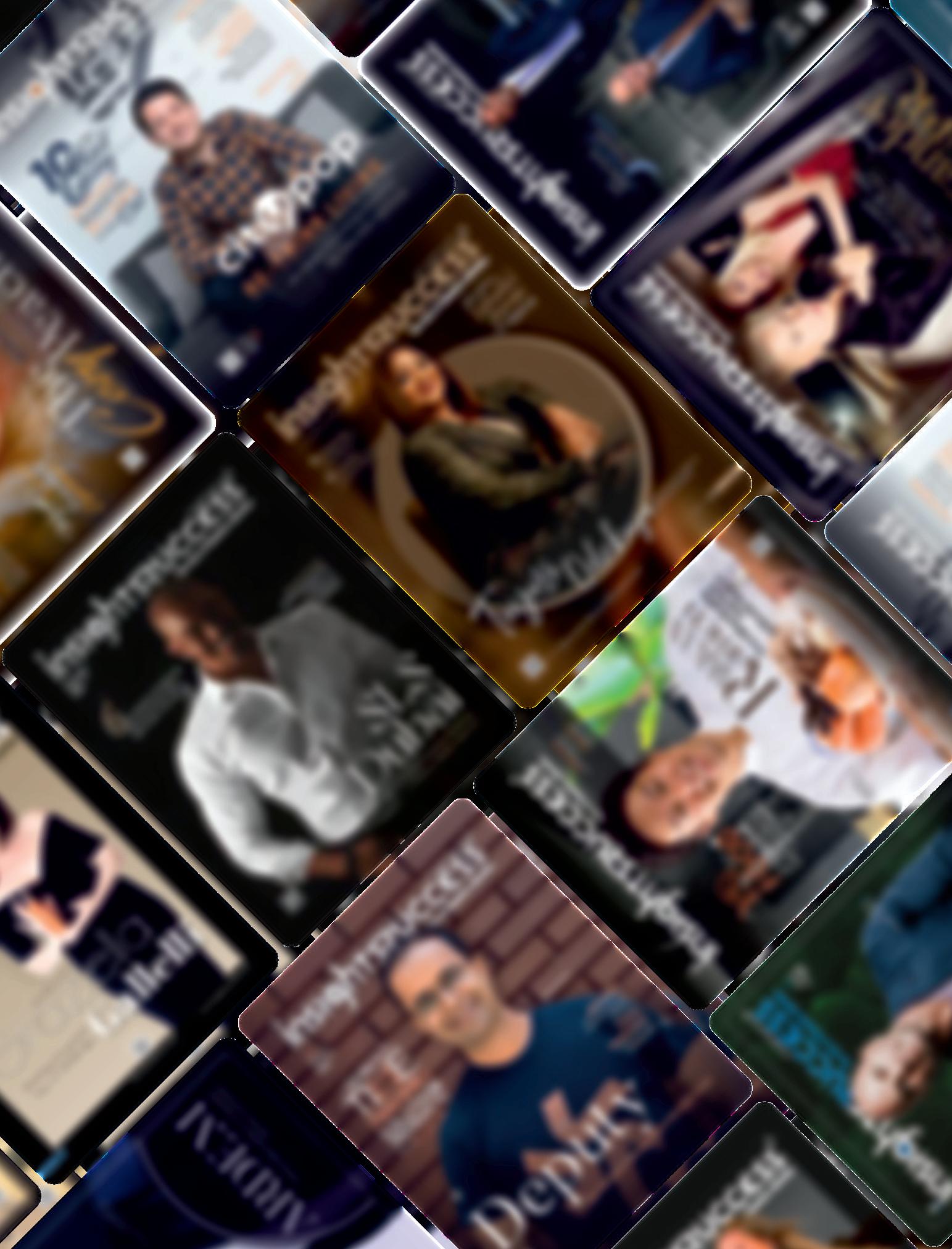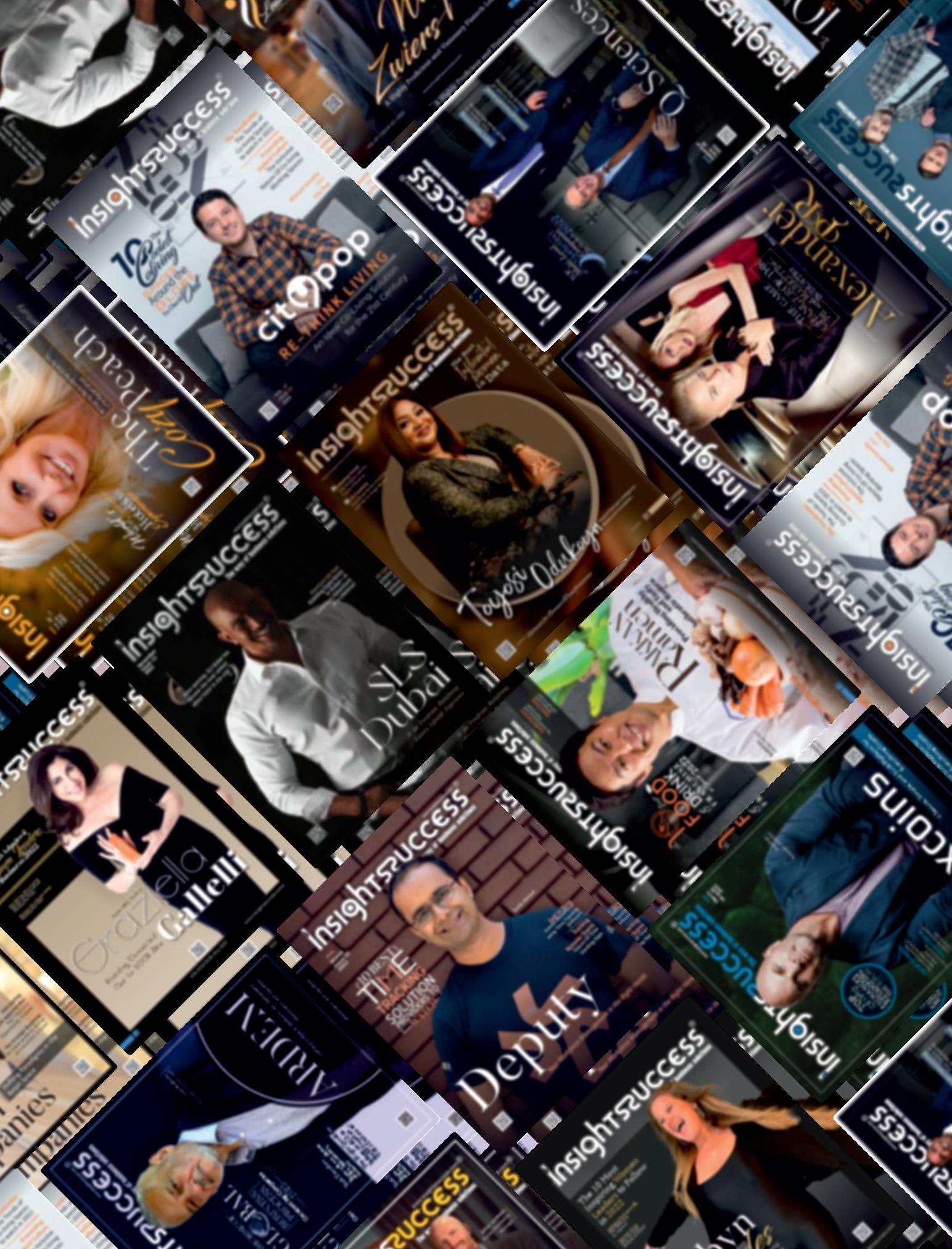

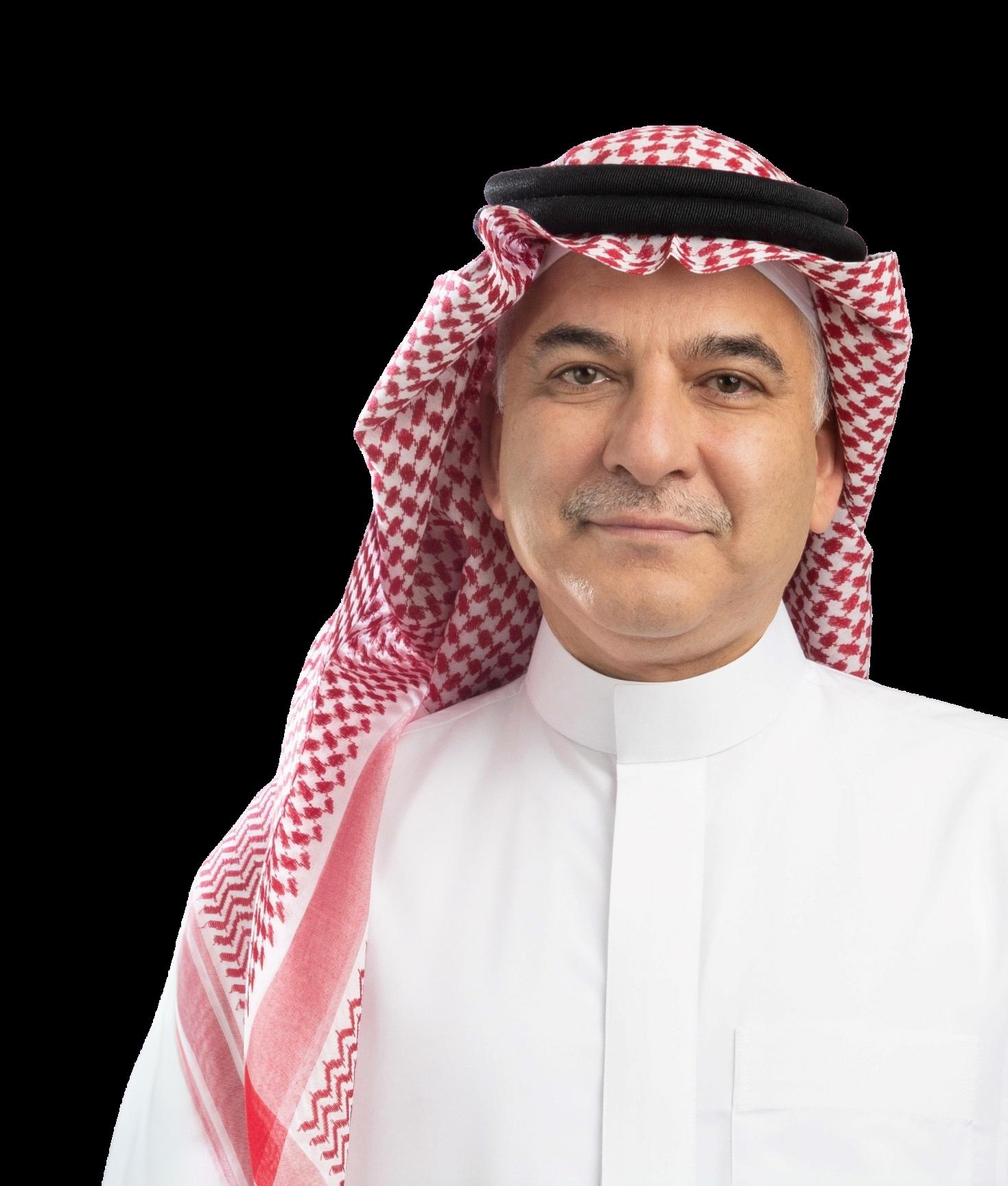





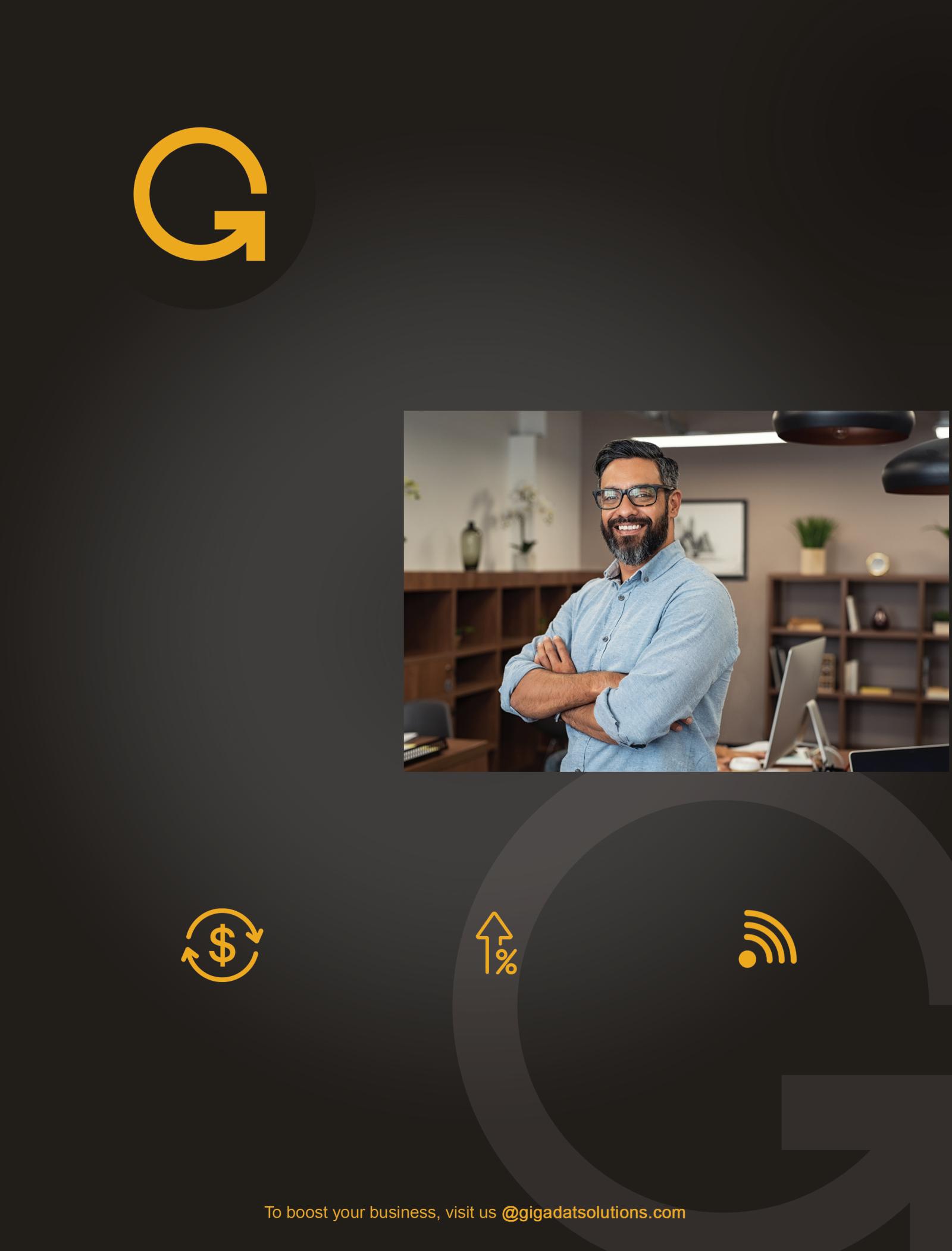
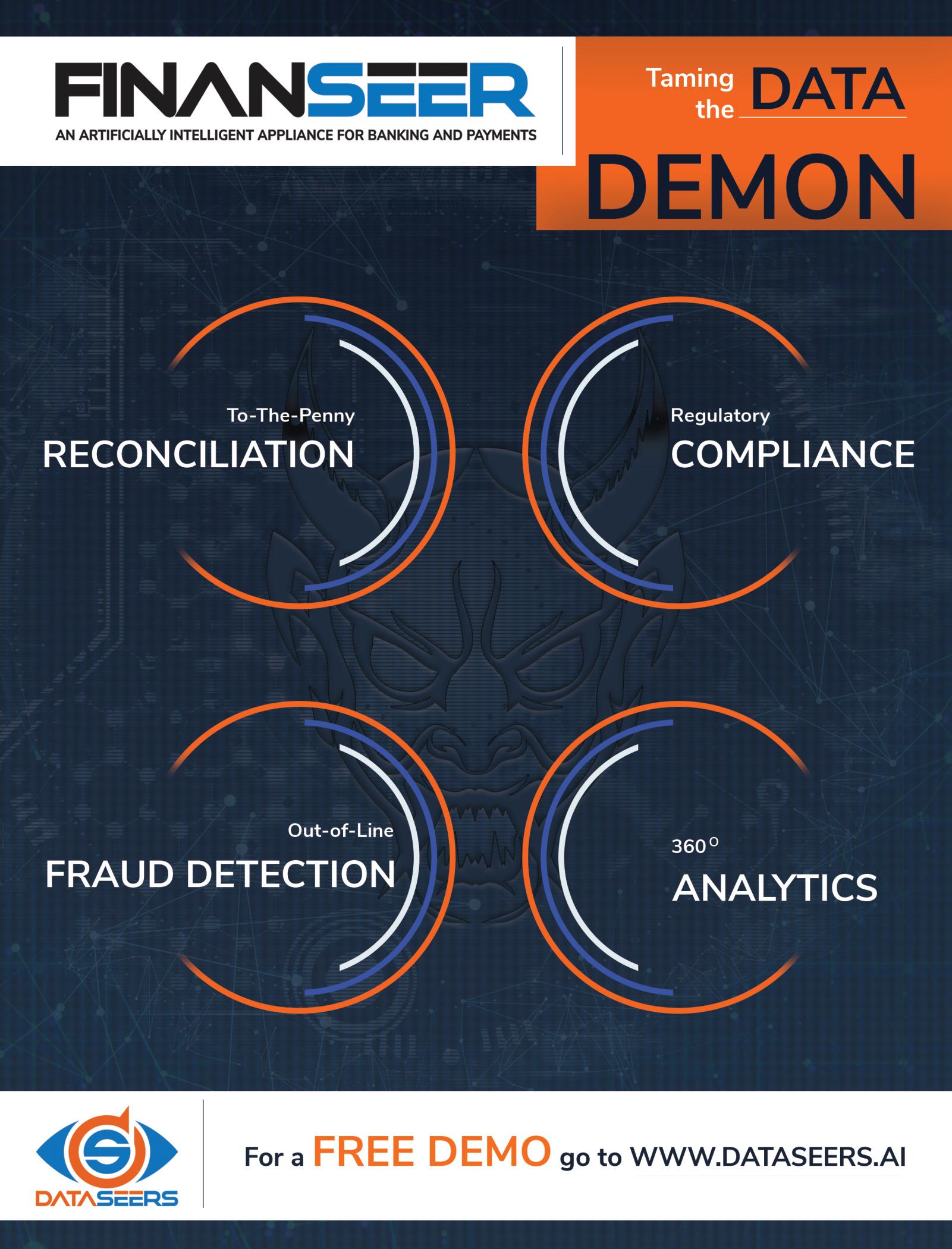

















Theworkplaceofthefutureisnolongeradistantvision—it’s
unfoldingnow,shapedbytransformativeleaderswho recognizethatpeople,notprocesses,drivesustainable success.Amongthevisionariesattheforefrontofthisevolution standsMoutazM.Mashhour,anamesynonymouswithbalanced advocacy,empatheticleadership,andprogressiveHRtransformation.
Inthisspecialedition, Most Influential HR Executive Transforming the Workplace in 2025,wearehonoredtospotlightMoutaz’s extraordinaryjourneyandthephilosophythatdefineshisimpact.His approachdoesnotjustreflectwhereHRisgoing—itactively influencesthetrajectory.Inanerawheretechnologyoftenthreatens toeclipsethehumanelement,Moutazbringsacompellingcounternarrative:onewhereinnovationamplifiesempathy,anddigital systemsservehumanconnection,notreplaceit.
Hisleadershipisgroundedinarareequilibrium—drivenbydata,but ledbycompassion.Heisanadvocateforpeople-centriccultures, whereinclusionisnotapolicybutalivedvalue,andwhereemployee well-beingistreatednotasabenefitbutasastrategicpriority Throughhisvision,HRisrepositionedfromasupportfunctiontoa transformativepowerhouse—onethatanchorsbusinessperformance inemotionalintelligence,adaptability,andtrust.
WhatsetsMoutazapartishisunwaveringbeliefthathuman interactionisstilltheheartbeatofprogress—eveninadigital-first world.HisabilitytoharmonizetherigorofmodernHRanalytics withthewarmthofauthenticleadershipmakeshimastandoutforce inshapingfuture-readyworkplaces.
Thisfeatureisatributetothatverybelief.Itisnotmerelya recognitionofprofessionalexcellence,butacelebrationofaleader whoisredefiningthelanguageofleadership—makingitmore inclusive,morehuman,andprofoundlyfuture-focused.
Weinviteyoutodelveintohisstory,onethatexemplifiesnotjust whereHRisheaded,butwhereit should be:attheheartofevery meaningfulorganizationaltransformation.
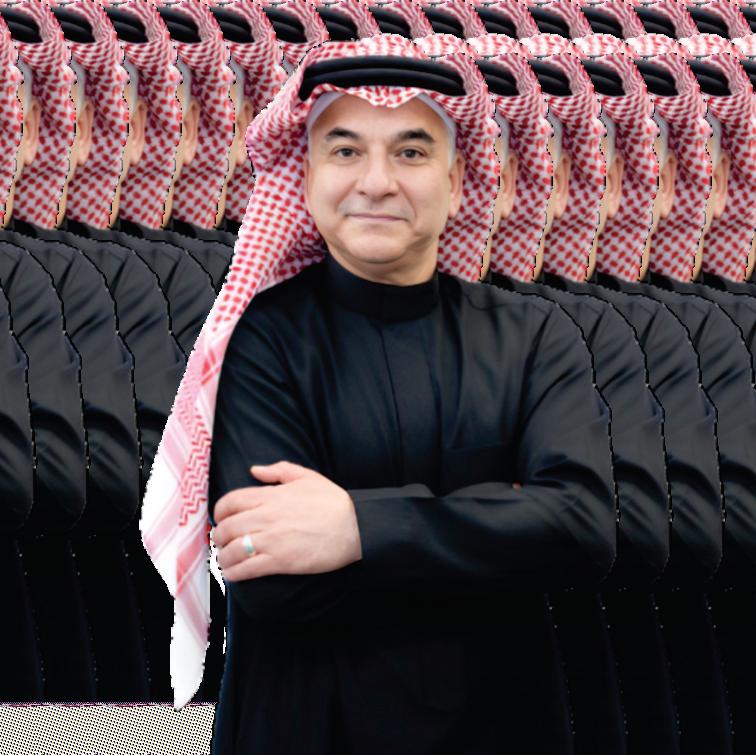

Balancing Technology and People Strategy
Listening, Learning, Leading
The New Culture of HR Engagement
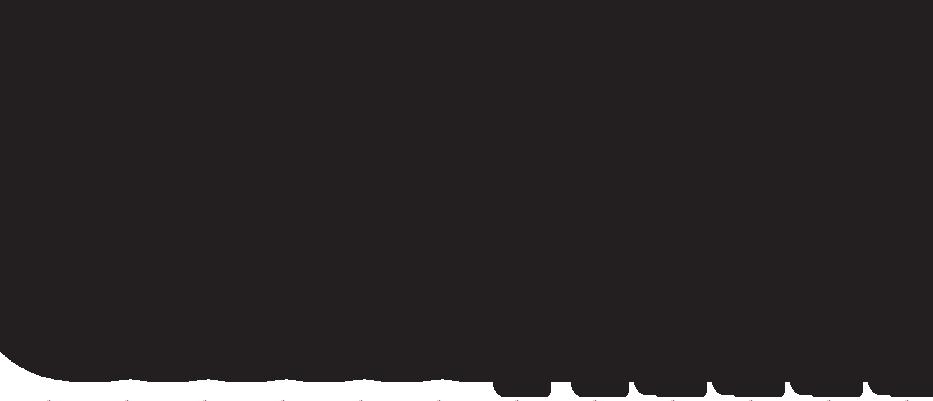
Art
Business
Business
Digital
Co-designer
Marketing

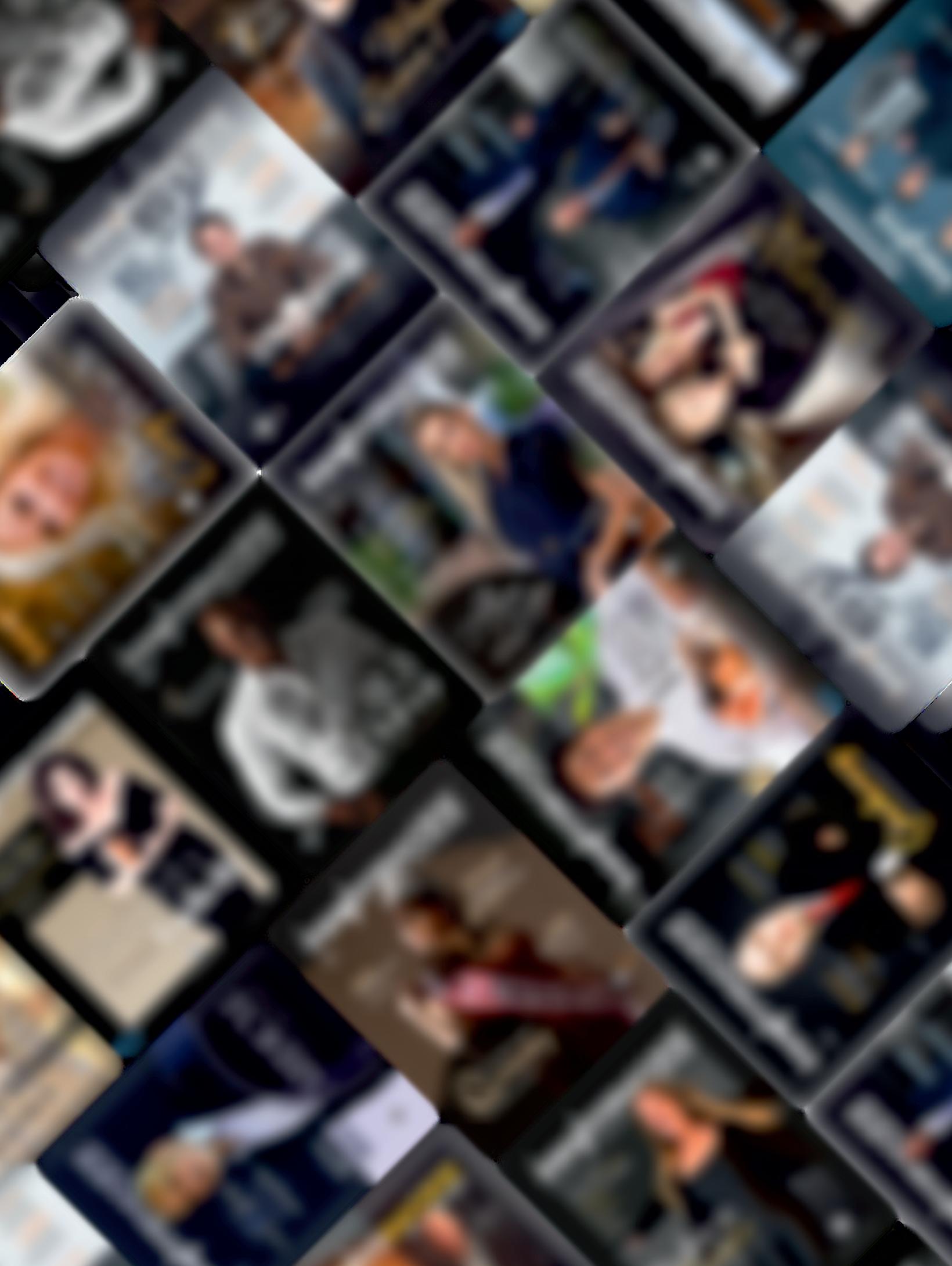



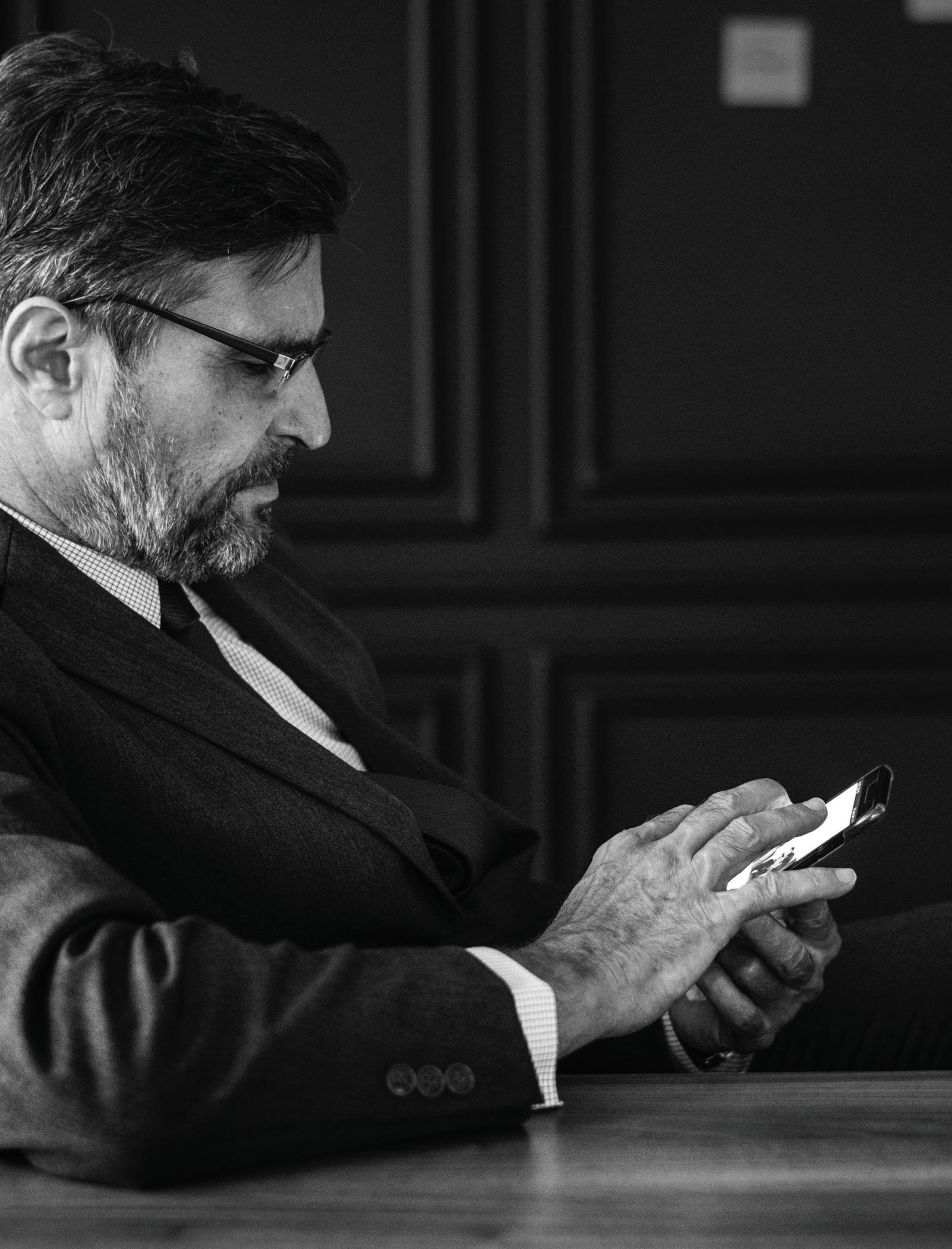





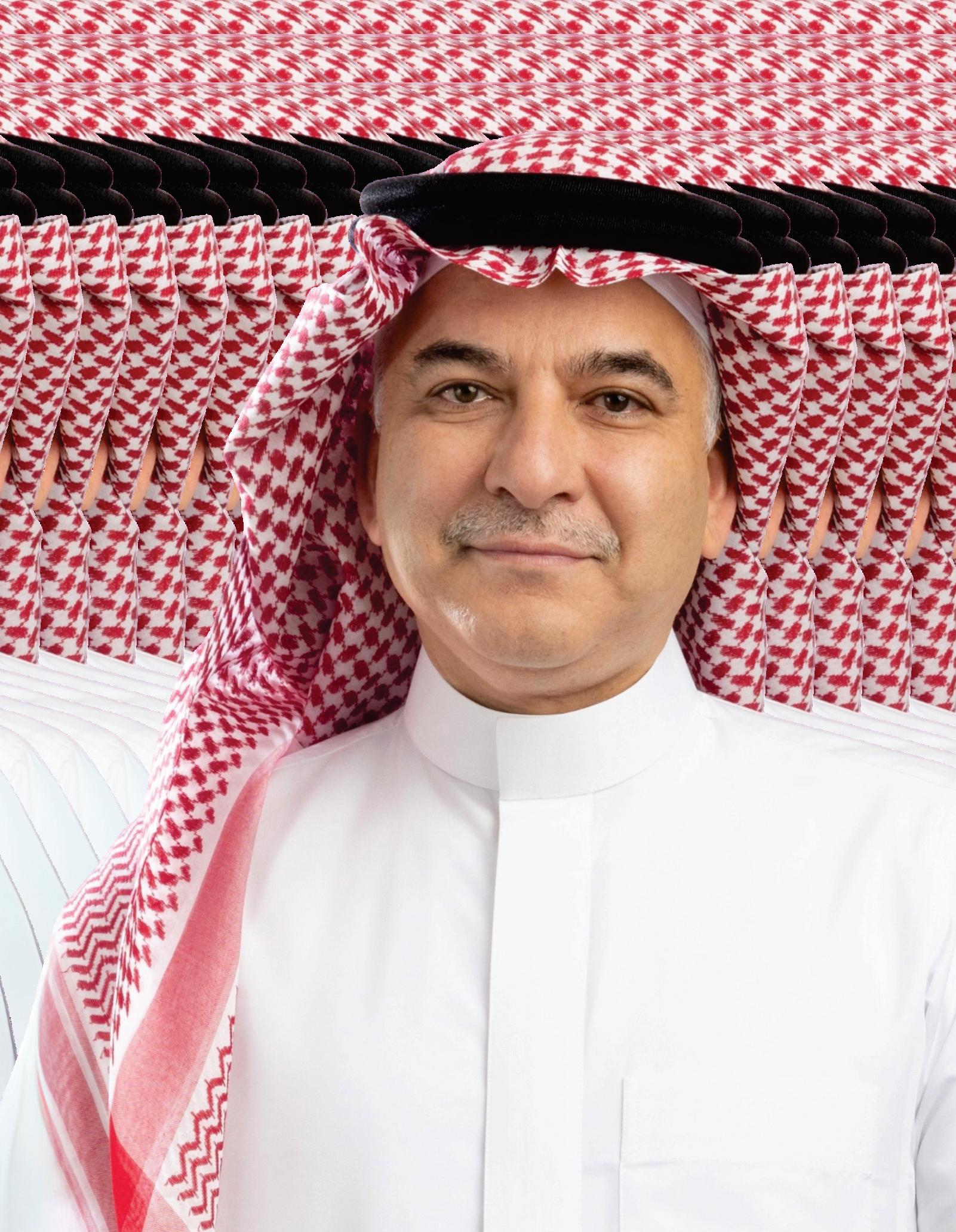



Along with the changing times, the waves of globalization, technological advancements, and modern industrial progress have erased the boundariestomakeourworldmoreinterconnected.Inthese rapidly evolving eras, major organizational concepts have beencompletelyrevamped.Stayingmostlyonthefringesof the operations department at the beginning of the industrial era,today,HRhasbeenmovedtothecoreofeverysuccessful globalcompany.
Itisthankstotheconsistentandconstantherculeaneffortsof some of the most influential HR executives like Moutaz M Mashhour, who are transforming the workplace to be more people-centricandemployee-driventhaneverbefore.
With over three decades of transformative leadership across oil and gas, healthcare, academia, and services, and as the Chief Human Resources Officer at Neo Space Group, Moutaz brings strategic oversight driving enterprise-wide changeacrosstheorganizationfromitsbaseinRiyadh.
AnExperienceSpanningOilandGas,Services,Academia andHealthcareSectors
Before his current role,Moutazserved as Executive Vice President–CorporateServicesattheIndustrializationEnergy ServicesCompany(TAQA),wherehespearheadedintegrated strategies across HR, IT, and supply chain functions. His leadershipwasparticularlyimpactfulduringhistenureatthe Saudi Aramco Medical Services Organization (SAMSO), a premier private healthcare facility dedicated to Aramco employees. Following a joint venture with Johns Hopkins Hospital,hesuccessfullymanagedthecomplextransitionof thousands of employees into the newly established Johns HopkinsAramcoHealthcare(JHAH),fosteringapeople-first culture within one of the Kingdom’s most distinguished privatehealthcareinstitutionsservingtheoilandgasindustry.
Moutaz’s expansive career includes senior roles at Saudi Aramco, Aramco Americas, Yanbu Aramco Sinopic Refining Company (YASREF), and King Abdullah University of Science and Technology (KAUST) each marked by visionaryHRframeworks,organizationalagility,andadeep commitment to human capital development. From building HR infrastructure at a world-class research university to driving leadership development programs across global locations,hehasconsistentlydemonstratedauniqueabilityto alignpeoplestrategywithbusinessoutcomes.
BackedbyastrongfoundationinHR,businessmanagement, andindustrialrelations,Moutazisknownforhisempathetic leadership,strategicforesight,andunwaveringdedicationto

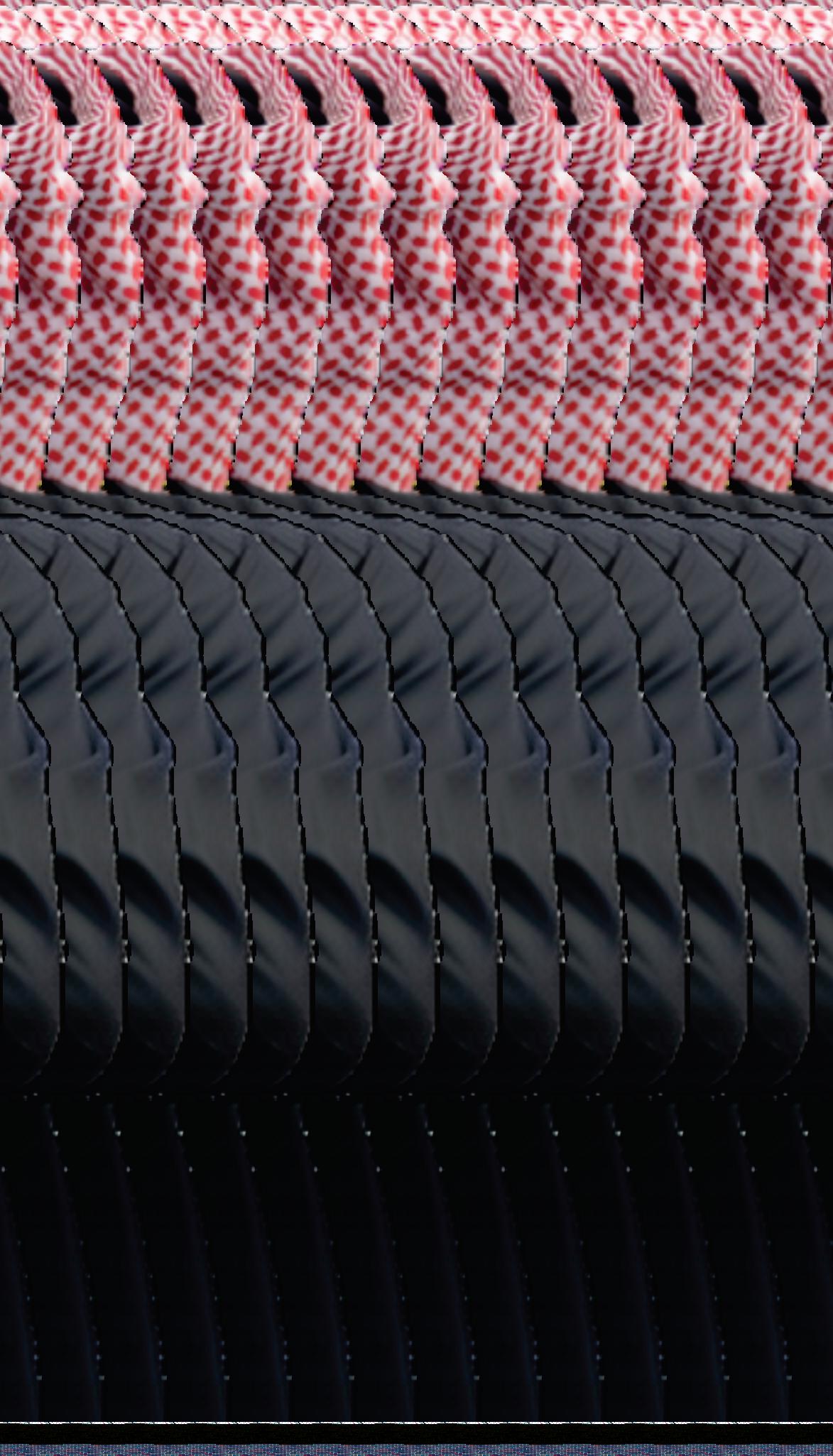
organizational excellence. His influence in shaping futureready workforces and ethical governance makes him a standout leader in transforming the HR landscape in the MiddleEastandbeyond.
From the Classroom to the C-Suite: A People-First JourneyinHRLeadership
Moutaz’sjourneyfromapassionateeducatortoaboard-level HRexecutiveisnothingshortofinspirational.Hiscareerisa testamenttothepowerofpurpose-drivenleadershiprootedin people development. Reflecting on his early days, Moutaz shares, “My career began as a teacher at the Saudi Aramco IndustrialTrainingCenterinDhahran,SaudiArabia Iwas among the first Saudi teachers at the center, pioneering a role predominantlyheldatthattimebynon-Saudis”
This early experience, working alongside both new apprentices and experienced professionals, was pivotal in forming his people-centric philosophy. He emphasizes, "I feelthatteachingandtrainingisthecoreofHR—ortheheart of HR." This direct involvement in developing emerging talent and empowering existing employees ignited his lifelongdedicationtohumancapitaldevelopment
Over the years, Moutaz's career progressed through significant shifts, each one sharpening his people-centric acumen. He recalls, "There were certain stations, certain pivotsinmycareer—thisteachingrolewasthefirst,andIwas oneofthefirst!"Thisinitialpioneeringrolelaunchedhiminto increasingly senior positions, where he seamlessly blended his HR expertise with impactful leadership in diverse, multiculturalsettings.



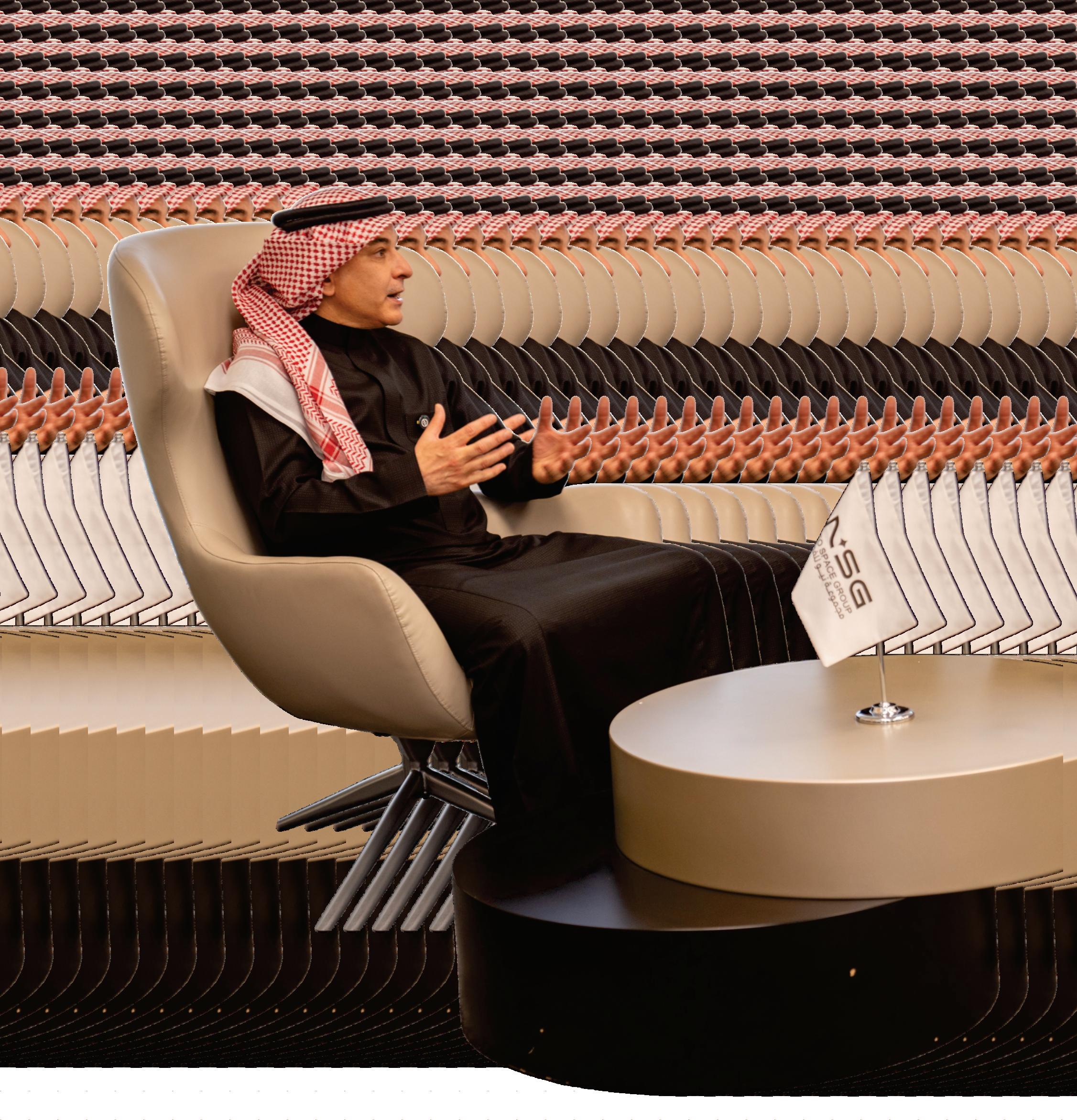

Moutaz was employee #7 to join the company (NSG) and I don't want to mention that it is a startup company but rather mention that he was one of the first 10 company pioneers during the establishment and inauguration. For example: Now,asChiefHROfficeratNeoSpaceGroup,atrailblazing force in satellite communications, geospatial, and advanced space technology, Moutaz is once again playing a foundational role in shaping a bold new organization from groundup.AsoneofthefirsttenpioneerstojoinNSGduring its establishment and inauguration, he remarked, "I've been part of other early ventures, but being here at Neo Space Groupisyetanotherexcitingchapter.”
Adapting, Learning, and Leading with Relationships at theCore
Further reflecting on his journey, Moutaz emphasizes two powerful themes that have shaped his evolution as a leader: adaptability and relationship-building. “The most important elements in HR—and in any leadership role, really—are constantly adapting and learning,” he shares. “If you adapt and learn, you become agile. You can do things quicker You canadjust,reengage,andre-navigatesituations.”
Equally vital to his leadership philosophy is the human connection. “I cannot emphasize enough the importance of buildingrelationships,”hesays.“Withyourpeers,employees, and customers both internal and external strong relationships are the backbone of effective HR leadership.” Thesecorevalueslivedandrefinedoverdecades,continueto defineMoutaz’sapproachashehelpsshapethefutureofwork inSaudiArabia’svibrantstartupecosystem.
The Quiet Power of Listening: A Lesson from the ClassroomtotheC-Suite
Inaprofessionoftenassociatedwithtalking,Moutazrevealsa powerfultruth:“HR has a reputation for speaking a lot—but therealstrengthliesinlistening.”Reflectingonhisearlydays as a teacher at SaudiAramco, he shares how the classroom was his first training ground in this vital skill. “When you're teaching, yes, you talk—but you also must listen. Listen to trainees’questions and attend to their learning needs. That’s howyoutrulyhelpthemgrow.”
This foundation evolved into a lifelong practice of attentive listening,becomingadefiningtraitofhisleadershipstyle.“As youmatureinyourcareer,youlistenmoreandspeakless.You learn to withhold judgment until you've understood the full picture.” For Moutaz, this blend of mindful listening and thoughtful speaking isn’t just a professional tool—it’s a

philosophy that guides every conversation, decision, and relationshiphebuilds.
The “Human” in Human Resources: Redefining LeadershipThroughConnection
ForMoutaz,HRleadershiphasalwaysbeendeeplypersonal and rooted in a profound respect for the “human” in human resources. “As the term implies, it’s human first,” he says. Moutaz believes the emphasis must always return to people—their stories, their individuality, and their inherent needforconnection.
He elaborates that HR leadership transcends mere policies and procedures; it's fundamentally about building relationshipsbecauseweareinherentlysocialbeings.Atthe heart of his approach is a commitment to active listening, a skillheconsistentlyrefines. "When you listen attentively," he explains, "you begin to understand people's unique stories, andfromthosestories,youbuildgenuineconnections."
TheseauthenticconnectionsarewhatMoutazseesasthetrue currency of great leadership. “You build relationships by understanding people—not just what they do, but who they are.” In a world where leadership is often measured in metrics, Moutaz redefines it with meaning: “Relationships built on empathy, trust, and shared human experience. This, hebelieves,iswhererealimpactbegins.”
Balancing Timeless Values with Augmented Intelligence inModernHR
In an era of rapid transformation, Moutaz remains grounded inthetimelesspillarsofHR—empathy,fairness,integrity,

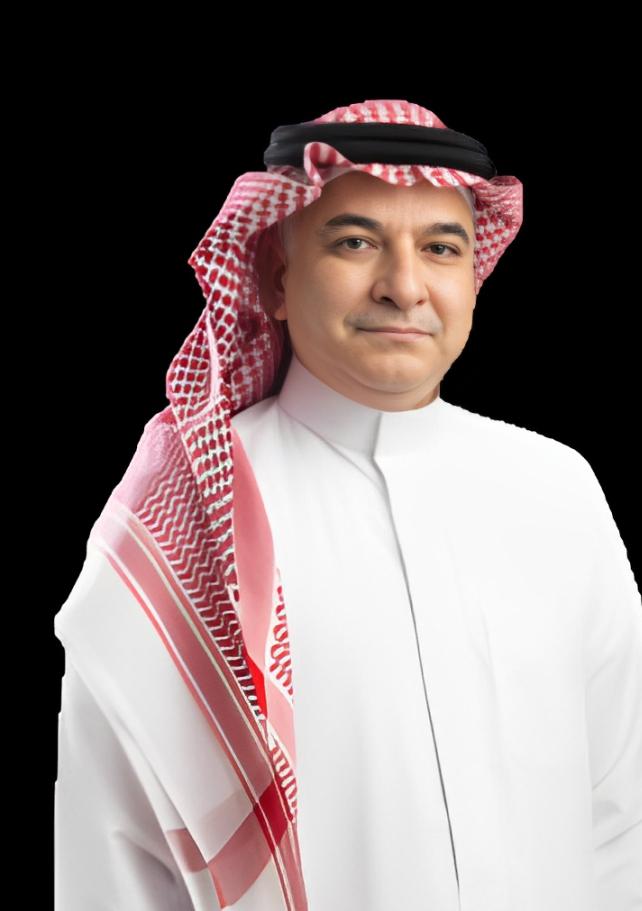

and human connection. “These are not trends,” he emphasizes, “they are the constants that define true HR leadership across generations.” For him, the foundation of people-centricleadershiphasn’tchanged—it’sonlythetools thathaveevolved.
Reflecting on the post-COVID shifts in the HR landscape, Moutaz highlights how technology, particularly AI, has redefinedthegame.Butheoffersarefreshingperspective: “I don’t call it artificial intelligence—I see it as augmented human intelligence It’s not here to replace us, but to supplement and complement what we already do best as humans.”
Through advanced data analytics and automation, HR professionals can now eliminate repetitive, transactional tasks and focus more deeply engaging meaningful interactionsandrelationship-building. “The power ofAI,” he notes, “is in helping us make more informed decisions — withouteverlosingsightofthehumanessenceofourwork.”
AsHRcontinuestoevolve,Moutaz’sguidingprinciplestays the same: “Technology can support us, but it’s the timeless values—empathy, trust, and connection—that will always leadusforward.”
Shaping the Soul of a Startup: Crafting Culture as the InvisibleArchitecture
For Moutaz, culture is far more than a buzzword— “It’s the invisiblearchitectureofanyorganization…theveryDNAthat defines who we are and how we act,” he shares. He sees culturenotasastaticidealbutasalivingpersonalityformed by the collective behaviors, values, and energy of every individualwithinacompany.
AtNeoSpaceGroup,Moutazisspearheadingatransformative journey—notofchangemanagementbutofculturecreation. “In a startup, you’re not unlearning old habits—you’re shaping the very foundation,” he explains. This process beginsbydefiningaclearpurpose,promise,personality,and core values, but it doesn’t end there. “We’re not building a typical culture with textbook values—we’re designing one thatisprogressive,energetic,agile,andnationallyproud.”
Drawingfromapastrolewhereheledarebrandingeffortfora 20-year-oldcompany,Moutazacknowledgesthecomplexity ofreshapingcultureinlegacyorganizations.“It’saslowburn, not a light switch. It demands intent, patience, and alignment ” At Neo Space, however, he sees a unique opportunity to build something from the ground up —somethingfuturistic,somethingbold.

“We want our culture to not just reflect our sector—but to redefine it.” In an age of limited physical interaction, this invisiblearchitecturebecomesevenmorevital,unitingteams notbylocationbutbysharedidentityandpurpose.
AnchoredLocally,AlignedGlobally:TheBalancingActof Cross-BorderCulture
For Moutaz, global HR leadership is not about uniformity—it's about “harmonizing per the law of the land while staying aligned with a broader global vision ” ReflectingoncurrentintegrationeffortsatNeoSpaceGroup (NSG),Moutazsharesahands-onexample: “We’ve acquired alocalcompanyhereintheKingdom,andwe’reinthemiddle ofharmonizingpolicies,systems,andtotalrewards.”
Hisphilosophyissimpleyetpowerful:“Anchorlocally,align globally.” This balance becomes even more critical when NSG acquires companies in other countries. “Each market has its own labor laws and cultural context—we respect that. So we harmonize where possible but always stay compliant withlocalregulations.”
Bypayingattentiontouniquemarketrealitieswhilebuilding acohesiveglobalframework,Moutazcraftspeoplestrategies thatarebothrespectfulandresilient.
StrategicAlly,HumanCatalyst:TheCHRO'sExpanding Role
For Moutaz, the CHRO’s role is far more than operational —it’s about being “a true strategic partner and trusted advisor to the CEO and the leadership team.” He reflects, “I’ve never seen myself in any HR leadership role without alsobeinganadvisortotheCEOandpeers.”

Balancingstrategicvisionwithpeople’saspirations,Moutaz uses high-level alignment to drive operational excellence. “That strategic interaction becomes the foundation to cascade alignment throughout the organization,” he shares. In his eyes, the CHRO is not just a function but “a bridge betweenbusinessambitionandhumanpotential.”
HR as Equilibrium: Navigating Employee Needs and CorporatePolicy
MoutazchampionsabalancedHRapproach.“The key role of HR is advocacy ... you are an advocate to all company employees,” he states, positioning HR as a trusted resource addressing concerns and providing advice. He emphasizes empathy and fairness: “We always want to be seen as an organization that serves all company employees that empathize...thatisfair.”
Yet, he underscores the need for equilibrium: “While at the same time also everything in balance is very important, HR needs to be protective of or the guardian of company policies.”Thisdualroleensuresaharmoniousandproductive environment, advocating both employee and company interests. “You're advocating the employees' interest... but you're also advocating and guarding and protecting the company'sinterestaswell.”
The Weight of Transition: Compassion in Leading ThroughChange
Reflecting on transitioning “multi thousand” healthcare professionals,Moutazcallsitanothercareer“pivot.”
“This was during my role as a CHRO at the John Hopkins Aramco Healthcare... a key element in my scope was to transition all those healthcare professionals... to the newly formedjointventure.”
He vividly remembers the employees' anxiety, explaining, "You can imagine the level of anxiety they had. This was a careerchangeforthem,andtheydidn'tknowwhattheirfuture wouldhold.Theyfelttheyweretakingalotofrisk."
Hisresponsewasrootedinempathy:“You have to really put yourself in their shoes... compassion takes over, complete compassion and empathy takes over.” He conducted several thousand one-on-one sessions to find out that. “All that they needed was someone who listens to them and understands,” heconcludes,highlightingthepowerofempatheticlistening.
The Power of Presence: Leading with Visibility and Approachability
Moutazalsostressestheimportanceofvisibility “You make yourself visible... you cannot be cooped up in your office, day inanddayout.”Directinteractioniskey:“Goingandwalking around, interacting with people... you cannot imagine the impact this has on employees when they see you just... talking tothem.”
He advocates for humility and collaboration: “Humility as a leader is very important. You deal with every employee, at different levels, and make him or her feel as key a member of the entire team.” This approach fosters an open and valued workforce.
Embracing the Horizon: AI-Powered HR for Enhanced HumanConnection
Looking ahead, Moutaz is excited about AI's role in HR. “We're introducing an AI-enabled talent acquisition solution.” This aims to shift HR's focus to more human interaction. “I want the HR team to focus more on human interaction and let the transactional elements be handled by technology.”
Bydigitizingtasks,HRcandedicatemoretimetocandidates and employees. “I'm now shifting their attention to interact more. This strategic integration of AI aims to amplify the humanelementwithinHR.”
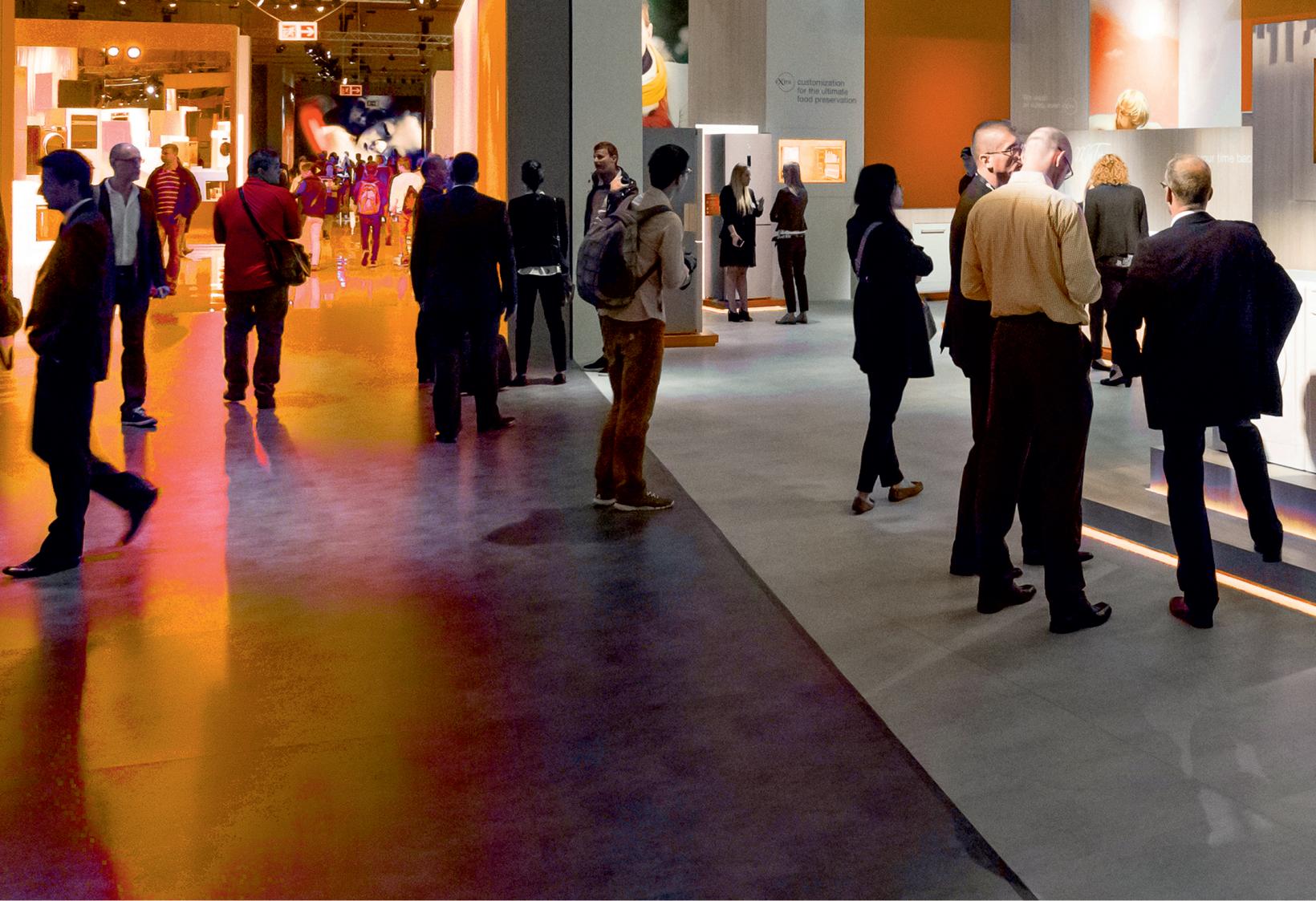
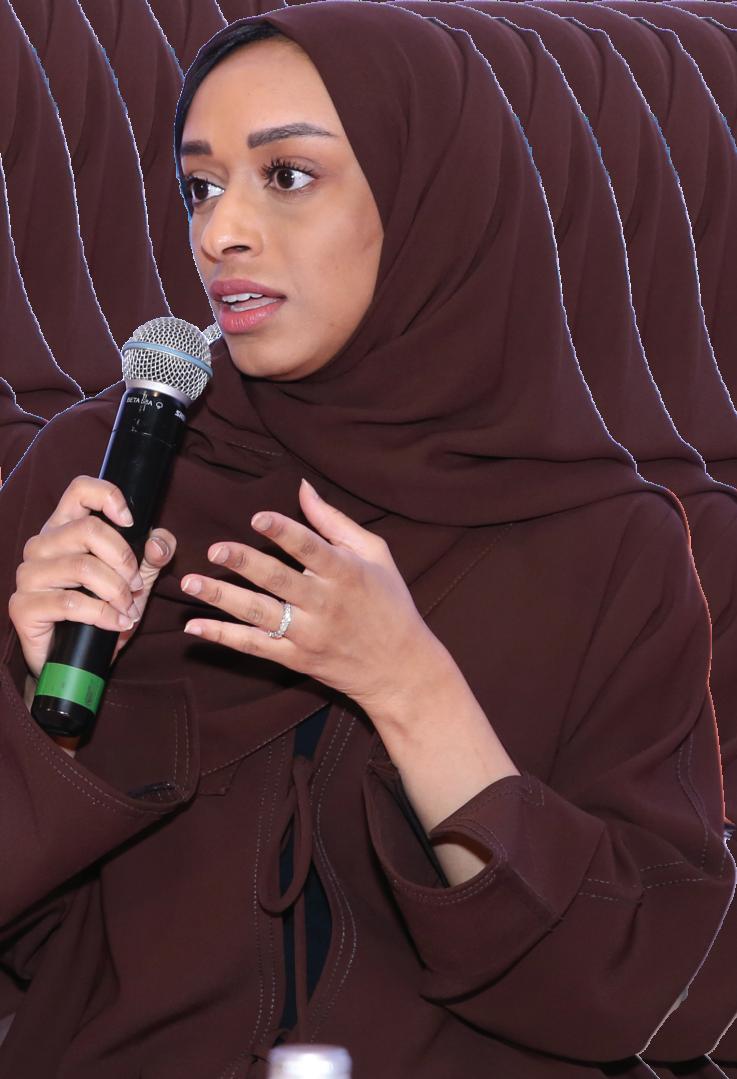




As businesses embrace the future of work, one irreconcilablecontradictionisalwaysinthepicture: howtodigitalizeprocesseswithoutdepersonalizing theworkplace.WiththecomingofAI,automation,anddatabased systems, hiring, managing, and growing people have changed forever But even as we advance digital transformation,onethingisveryclear—peoplearestillatthe heartofeverybusiness.
This is where the effort—and challenge—are for today's leaders and HR planners: to create an environment of technology that leverages, not extracts, the human aspect of work. Winning in the digital era is not merely a matter of operationalefficiencyorinnovationpotential,butwhetherthe firm can achieve technology and empathy, velocity and integrity,andmachineandhumanjudgment.
FromAI-drivenhiringplatformsandHRself-serviceportals to predictive analytics and virtual onboarding, digital technology has transformed the manner in which HR functions. Such technologies provide never-before-seen velocity, accuracy, and scope—enabling teams to optimize resource allocation, detect capability gaps, and anticipate workforcetrendswithfact-basedinsight.
Automating drudgery work also released the HR professionals to devote more time to high-level work,
includingemployeemotivation,leadershipdevelopment,and culturedesign.Yetastechnologyisembeddedineverynook andcrannyoftheemployeelifecycle,organizationsneedto be careful not to forget what matters most to employees: meaningfulconnection,transparency,andpurpose.
An integrated user experience is not a substitute for a good manager.And predictive analytics is no replacement for the nuanceofhumanmentoring.Theaim,then,isnottoautomate forthesakeofit,buttoaugmentthehumantouchwithsmart, strategicintegration.
Inatimeoftechnologicalsaturation,human-centereddesign stands out as a differentiator. New-world organizations are infusing empathy into their people agenda in the digital world making sure automation supports and does not diminishthewell-beingofworkers.
Thisencompasses:
• Designing intuitive and accessible platforms, with considerationforthedifferentiatedneedsofa multigenerational anddiverseworkforce.
• Harnessing AI ethically and transparently, especially in areas of hiring, performance management, and career development.

•Leveragedataforpersonalization,notspying—customizing learning pathways, rewards, and messaging around worker interestsandobjectives.
Most of all, rehumanization of work demands real human connection Technology must enhance, not substitute, conversation Virtual media must be supplemented by leadership behaviors centered on hearing, empathy, and remarking. When workers feel heard and understood—regardless of the medium—is when passion flourishes.
Today'slaborforceishybridinanumberofways—notonly geographically,buthowtheyarereachingouttothecompany: digital and physical, synchronous and asynchronous, automated and human. To make sense of it all demands digitallyawareleaderswhograspthepotentialoftechnology aswellasthenuanceofhumanmotivation.
Theyneedto:
• Be agents of digital acceptance as well as agents of humantouch.
• Leverage data to guide decision-making, but never substituteitforjudgmentoremotionalintelligence.
• Walk the balance between flexibility and structure in virtualteams.
• Speak regularly and openly, letting technology make transparencygreatinsteadofaddnoise.
Allinall,digitalleadershipisaboutsucceedingatthenexusof systemsandrelationships—whereeffectivenessandempathy intersect,andinnovationissparkedbyinclusion.
TheHRtransformationintoday'sdigitalworldalsodemands atransformationinhowwesource,attract,andretaintalent. With skills changing fast and jobs becoming more fluid, organizationshavenooptionbuttovaluelearningagilityand flexibilityoverfixedqualifications.
Digital technologies have the potential to decide new skills needs, evaluate prospects more fairly, and level the playing fieldforaccesstogrowth.Yet,thesemustbecombinedwitha broader people approach that emphasizes development, psychologicalsafety,andpurpose.
Workers today are not job hunting—theyare seeking spaces in which to do significant work, be themselves, and
continually learn.Technology can be leveraged behind such aspirations,yetonlybybeingcoupledwithaleadershipvision thatrespectshumanity
As we continue to digitize the people function, ethical considerationsbecomeparamount.Howwecollect,use,and share data has a powerful impact on employee trust. Challenges such as algorithmic bias in hiring, invisibility in the promotion pipeline, and uneven access to digital capabilitieshavethepotentialtodriveexistinginequalitiesin theworstpossibledirectionsifnotpurposefullyaddressed.
Adigitallyenabledpeoplestrategymustfeature:
• Visibledatagovernancepolicies.
• Periodic audit of technology tools for prejudice or unforeseeneffects.
• Inputfromemployeesindigitaltransformationstrategy
• Leader training to lead and empower in digital spaces, culturallysensitive.
By structuring ethics at the core of digital design, organizations guarantee that development isn't made at the expenseofjustice.
Conclusion:Human-First,Tech-Enabled
The future of HR isn't about people or machines—it's about howtobringthetwotogetherforthesakeofamorecapable, responsive, and empowered workforce. The most effective strategies won't be those that automate the greatest amount, but those that humanize the greatest amount, using technology as a bridge to greater understanding, deeper connection,andimprovedleadership.
In an era of velocity and volume, it is the human element purpose-driven and augmented by technology—that will characterize the organizations people cometocreate,committo,andremainwith.





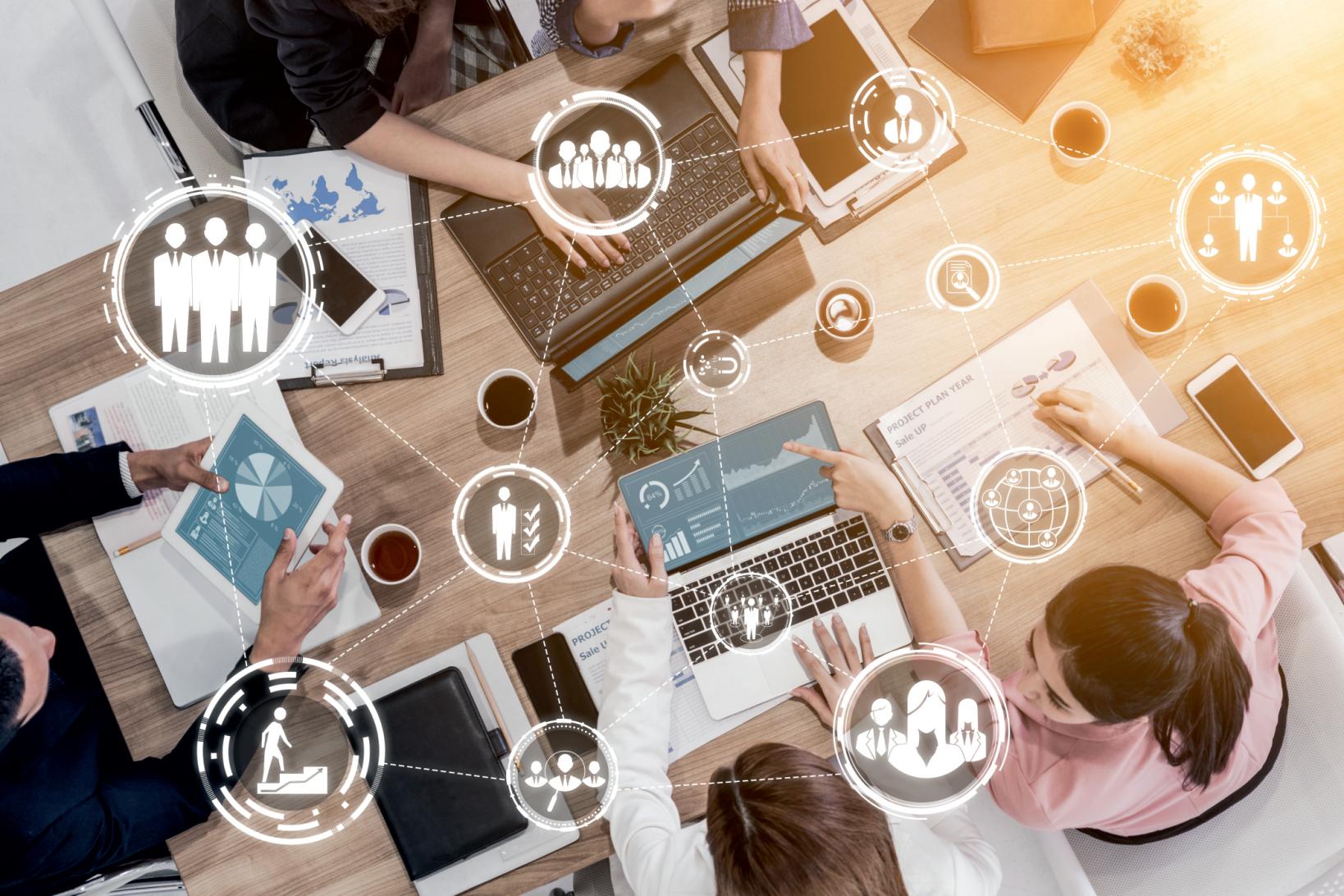
The Human Resource function itself is being wholly remapped. Unencumbered by task-based management or regulation, HR leaders today are strategic designers of organizational culture, performance, and purpose. With the world transformed by hybrid work, digitaldisruption,shiftingemployeeexpectations,andsocial conscience, the secret to driving real HR impact is a triple returntofundamentalsinthreeeasysteps:listening,learning, andleading.
ThebestHRfunctionsoftodayarenolongerjustreactingto theneedsoftheworkforcebutratherpre-emptingthem.They are influencing policy and programs through timely input, building people-first cultures through ongoing learning, and pushingsystemicchangebyinfusingtrust,transparency,and inclusionintotheveryfabricoftheorganization.
ThatisthenewHRengagementculture—engaged,agile,and empatheticallyauthentic.
Listening:TheFoundationofTrust
At the foundation of successful HR leadership lies the capacityforlistening—notpassive,notoccasionally,butwith intention,withempathy,andwithstrategicvision.Listening inthiscontextmeansmorethantheoccasionalcheck-inorthe implementationofasurvey.Itinvolvescreatingsystemsand spaces in which each voice—level, identity, and location notwithstanding—canbeheard,heardaccurately,andvalued.
Innovative HR executives use combinations of qualitative and quantitative surveys to receive employee sentiment in real time. Pulse surveys, listening tours, focus groups, and analytics powered by AI give rich insight into what people

require—not only to remain, but to excel. Most importantly, people hear that this feedback drives concrete action. Employees notice that their voices guide policy transformations, leadership decisions, and new initiatives, fosteringincreasedtrust.Engagementisnolongerascoreto beachievedbutarelationshiptobefostered.
That trust is most important during times of change Navigating return-to-office strategies, organizational design changes,orDEIinitiatives—peoplejustwanttobeheard.HR leaders who build listening into the everyday work create cultures where openness is business as usual—and where psychologicalsafetysparksinnovationandresiliency
Needs are informed by listening; learning bridges the gap. Learninganddevelopmentinhigh-performingorganizations is no longer an add-on to the HR role—it's a core driver of strategy,responsiveness,andinclusivity.
The workforce today requires something more than transactional learning. Workers want ongoing opportunities to develop, skill flexibility, and meaningful career advancement.Tomeetthedemand,HRchiefsarearchitecting learning environments that are dynamic, democratized, and digitally empowered. They encompass microlearning platforms,mentornetworks,cross-functionalinitiatives,and customized development pathways aligned with individual workers'passions.
But not the sole form of employee learning. HR staff are learning themselves about generational change, neurodiversity, mental health, remote work, and ethics for emerging technologies. The greatest HR professionals are those who remain curious, question long-standing assumptions,andleadhypothesis-drivenexperimentation.
By building a culture of collaborative learning where leaders learn from each other, and from staff as well as vice versa—HRbuildsamoreadaptable,open,andfuture-focused organization.
Business in the workplace today requires not only the credibility of knowledge, but of persuasive leadership Listeningandlearningareitsbedrock,butitisthroughvaluedriven, decisive leadership that HR remakes the future of work.
HRexecutivesareemergingmoreandmoreintoboardrooms as strategic partners, employing fact-based insights to guide
Listening, Learning, Leading
workforce planning strategies, ESG alignment, talent attraction,andinnovation.Theyarealigningpeoplestrategy with business goals making culture, capability, and performancewalktogether.
Moreover, leading HR today also requires you to be an exampleoftheverycultureyouarelookingtocreate.Whether it is promoting mental health, molding equity into compensation and advancement programs, or constructing flexibleworkenvironments,HRneedstoleadtheexamplein termsofauthenticityandbeingheldaccountablefortherestof thecompany.
Thisalsoinvolvesthecouragetodisruptthestatusquo.The finest HR leaders in today's times have the courage to pose toughquestions,disestablisholdsystemsthatarenolongerin service,andbecomevoice,equity,andbelongingchampions.
Atitscore,thisnewcultureofHRengagementisacultureof humanityinpractice.Itrecognizesthathumanbeingsarenot resourcestobemanaged,butindividualstobeempowered.It recognizes that sustainable business success cannot be severed from employees' wellbeing, purpose, and sense of belonging.
Listeningisnothearingtherhythmofproductivitynumbers. Learning is not creating spaces where skills mature and potential is unleashed. Leading is not moving away from transactional service and toward transformational partnership where HR is not reactive, but fiercely intentionalaboutcreatingwhat'snext.
Firms that live this model are already seeing the payoffs: improved retention, more robust employer brands, more compassionate teams, and cultures where people feel seen, heard,andvalued.
Conclusion:TheHRMandateReimagined
New HR culture of engagement doesn't happen overnight but it starts with intention. By leaning into listeningprofoundly,learningperpetually,andleadingboldly, HR practitioners are stepping up to become catalysts of culturalchangeandstrategicgrowth.
In this cleaned-up job, HR is not merely helping the business—itishelpingcreateitsfuture.And,intheprocess,it isdemonstratingthatthegreatestassetofanybusinessisnota process or a product—it's the person behind it that makes thingshappen.
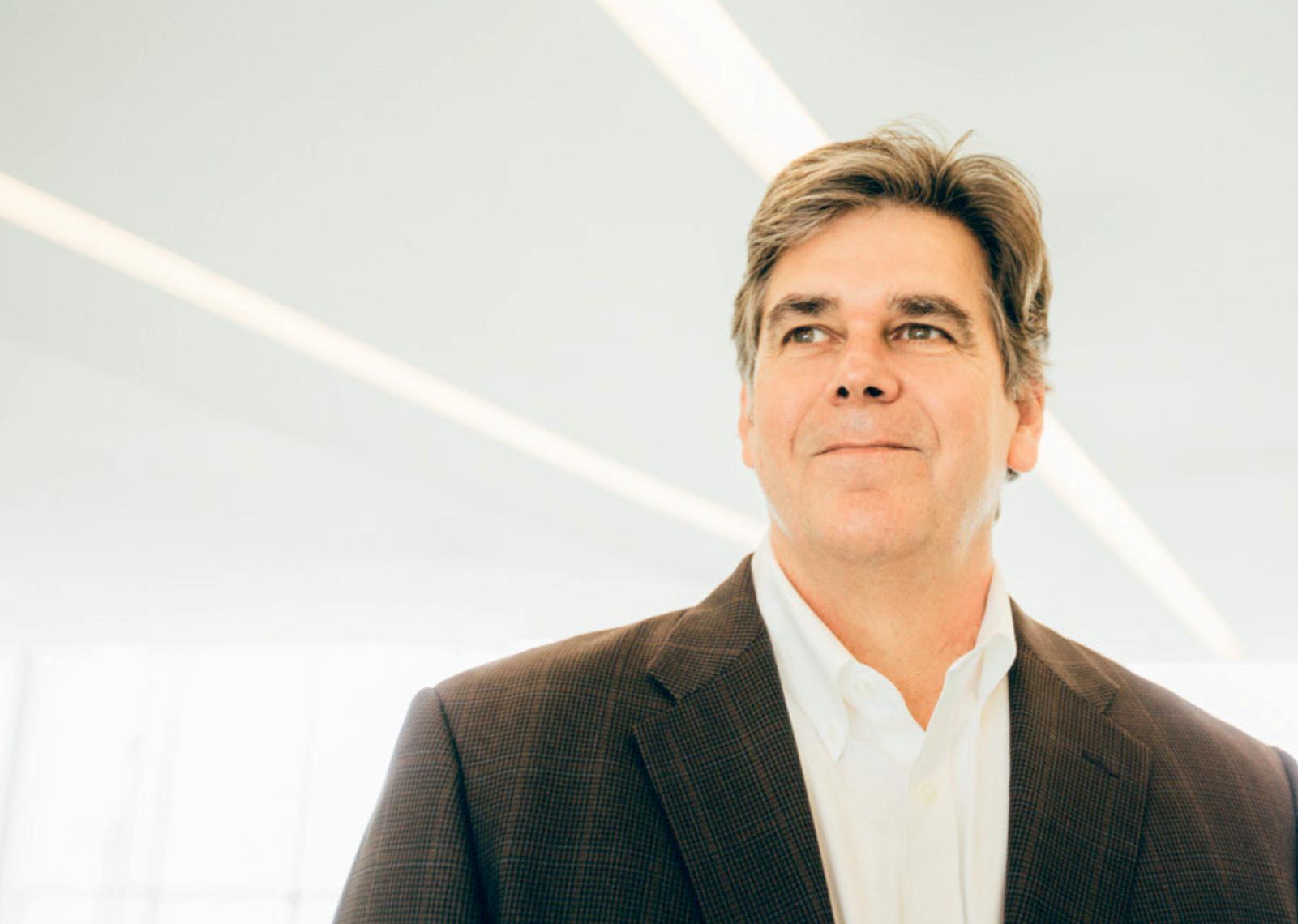







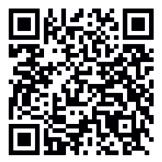





For Subscrip�on: www.insightssuccessmagazine.com
www.x.com/insightssuccess
